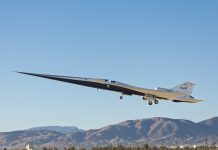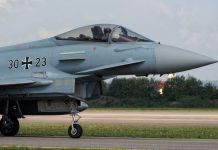Earlier this month, the Biden administration announced its most extensive aid package for Ukraine worth $3.75 billion, as part of which it pledged to Kyiv a consignment of Cold War-era Zuni unguided rockets.
How To Kill A Bradley: Jittery Russians Devise Ways To Destroy US Bradley Fighting Vehicles In Ukraine
Under Scanner In Ukraine, US’ Stryker Combat Team Conduct Joint Drills Near Border With North Korea
There are two ways the Ukrainian forces could employ them, one for air-to-ground attacks and another for a World War II-era (WWII-era) tactic that could be used against airborne targets.
The second way could be especially relevant to the threat posed by Iranian-made Kamikaze drones that the Russians are using very effectively to wreak havoc on the Ukrainian energy grid and other critical infrastructure.
The Zuni rocket was developed in the 1950s by engineers at China Lake, which is the single largest landholding of the US Navy, with 85% of the total land used for weapon and armaments research, development, acquisition, testing, and evaluation that hosts more than 2,000 engineers working on developing and testing new munitions.
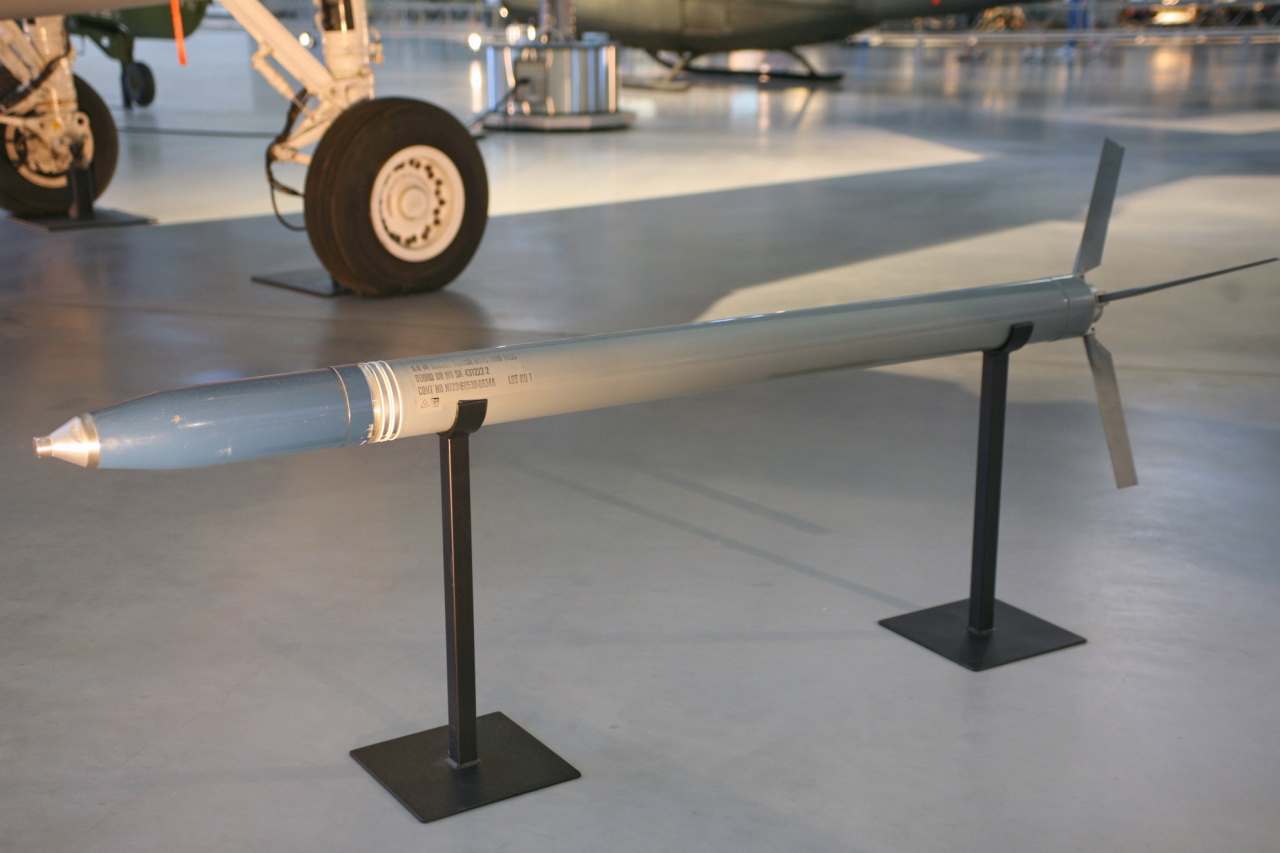
Zuni rocket is an improved version of the High-Velocity Aircraft Rocket (HVAR), also called the Holy Moses, used as an air-to-surface weapon during WWII. Introduced by the Hunter-Douglas Division of Bridgeport Brass Company in 1958, the Zuni rocket outperformed the HVAR in terms of velocity, penetrating power, and range.
The US military used Zuni rockets till the 1980s, after which it was replaced. It was designed to be used against enemy bombers, pillboxes, gun positions, trains, car convoys, ammo dumps, and small ships.
The 127mm Zuni unguided air rockets of the “air-to-air” class are similar to the Soviet S-13 or S-25 rockets. However, they have more intriguing features, such as the Zuni’s 8-kilometer firing range. Also, the modular architecture of the rocket allows for the employment of various warheads and fuzes.
Nevertheless, no details are available about how these American-made rockets would be adapted and integrated with Ukraine’s Soviet-origin aircraft.
The US Deputy Assistant Secretary Laura K. Cooper said, “I think I trust our and Ukrainian engineers. So, they have done this successfully. And, you know, it is something that is possible.” The Pentagon officials said the supply of Zuni to Ukraine is one of the American “efforts to help them to make their existing aircraft fleet as effective as possible.”
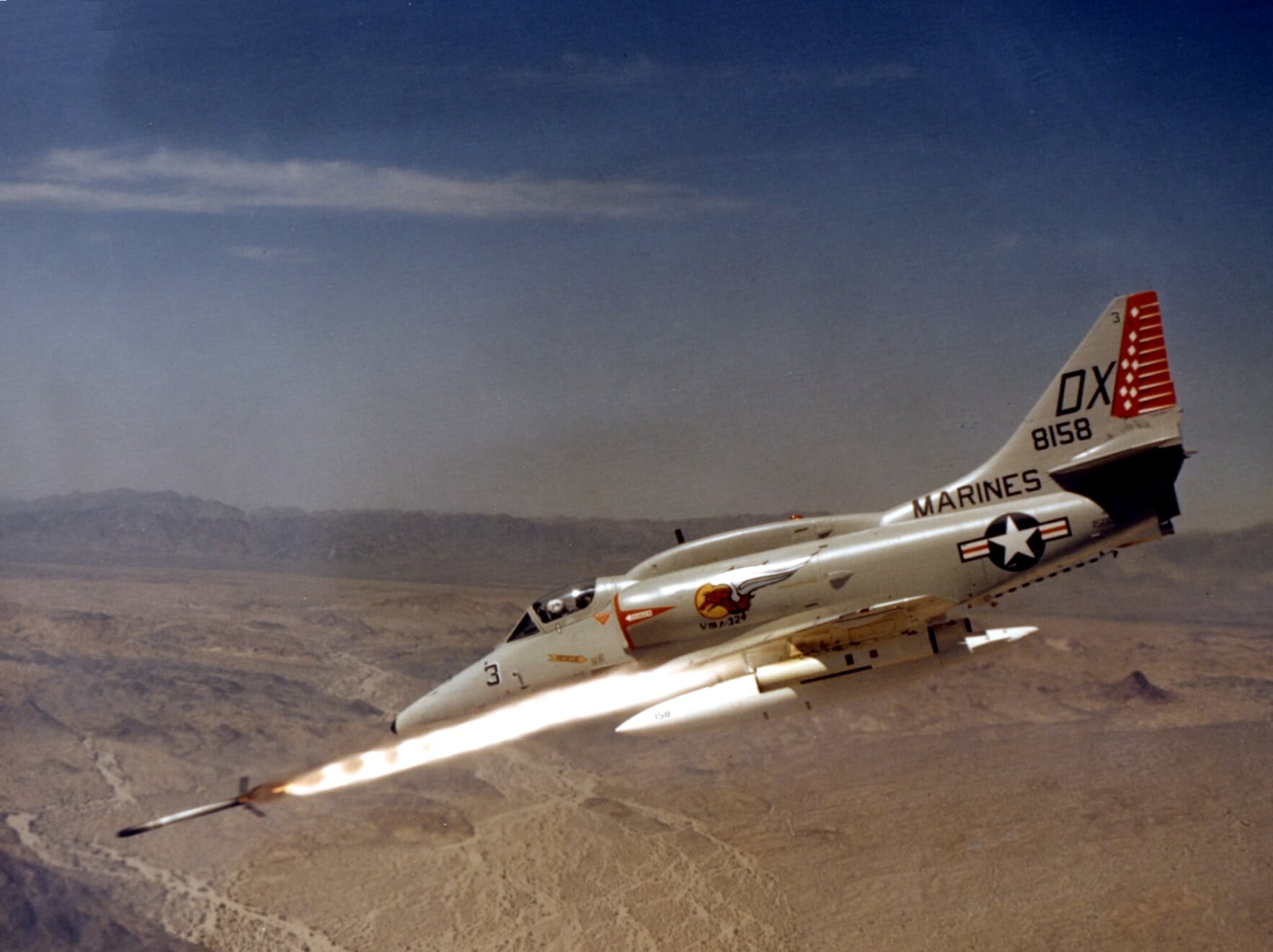
Zuni Rockets For Air-to-Air Engagements
What is intriguing, though, is how the Ukrainians would use these Zuni rockets, or more importantly, the nature of the threat that the Ukrainian Air Force would look to neutralize with these rockets.
Ukraine and Russia do not have a lot of precision weaponry to use in the ongoing war. Therefore the air forces of both sides are using Soviet-origin unguided rockets like the 122-millimeter S-13 against each other for air-to-ground attacks.
Usually, the Russian or Ukrainian aircraft would approach a target area at altitudes less than 60 meters, and then pitch up between 15 and 30 degrees and fire their unguided rockets in high ballistic arcs, which allows the aircraft to remain outside the hostile airspace, where the threat from air defense systems, in particular, the MANPADS is somewhat less.
Russian media released more footage of Ka-52 activity over eastern Ukraine, note the use of unguided S-8 rockets fired in a ballistic arc pic.twitter.com/ISQisZZ9Dq
— OSINTtechnical (@Osinttechnical) June 29, 2022
According to Alexander Shishkin, a retired Russian Navy officer, a volley of ten ballistic S-13s should impact up to 15.24 meters from the aim point.
According to experts, Zuni could be more accurate, maybe even accurate enough to work in the air-to-air role.
As stated earlier, the Zuni rocket could be equipped with various fuzes, including a radar-proximity fuze such as the M414, which causes a Zuni to explode when it passes within 12.19 meters of a target.
“Imagine a Ukrainian MiG closing within five miles of a Russian aircraft and firing a volley of five or 10 Zunis which, triggered by radar, fill the air around the target with countless lethal fragments,” writes David Axe, an American military correspondent.
However, no fighter pilot will want or can manage to attack an enemy aircraft from such proximity, especially if the hostile aircraft has good maneuverability. Also, there is not much dogfighting between Russian and Ukrainian fighter jets, as the Russian fighter pilots maintain their distance by using long-range weapons.
However, Zunis could be an effective solution for the threat posed by Iranian-made Shahed-136 kamikaze drones.
Zuni Rockets To Counter Iranian-made Kamikaze Drones?
Since early October, Ukrainian fighter pilots have also begun engaging kamikaze drones employed by the Russian military to bombard Ukraine’s key military and energy infrastructure targets.
A Ukrainian fighter pilot, going by the call sign Juice, said in an interview recently that it is tough to search and track Iranian-made Shahed kamikaze UAVs and then engage them, especially in a Cold War-era fighter like the MiG-29.
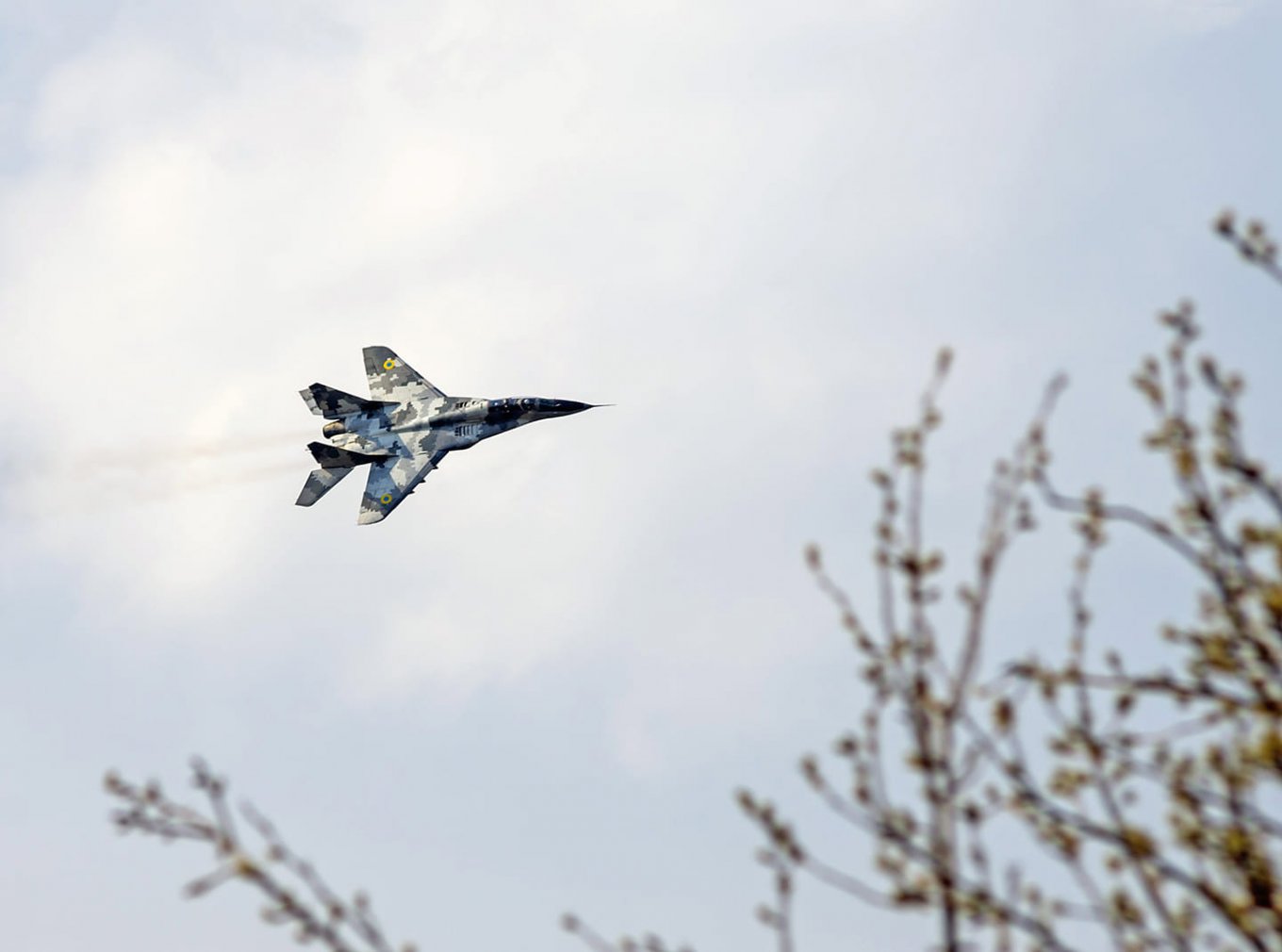
Juice explained that it is challenging to generate a firing solution on a Shahed, with the picture of the drone on the radar screen appearing similar to a flock of birds or even a truck moving along a road.
Also, the Shahed is not very hot, meaning it does not give a powerful infrared signature.
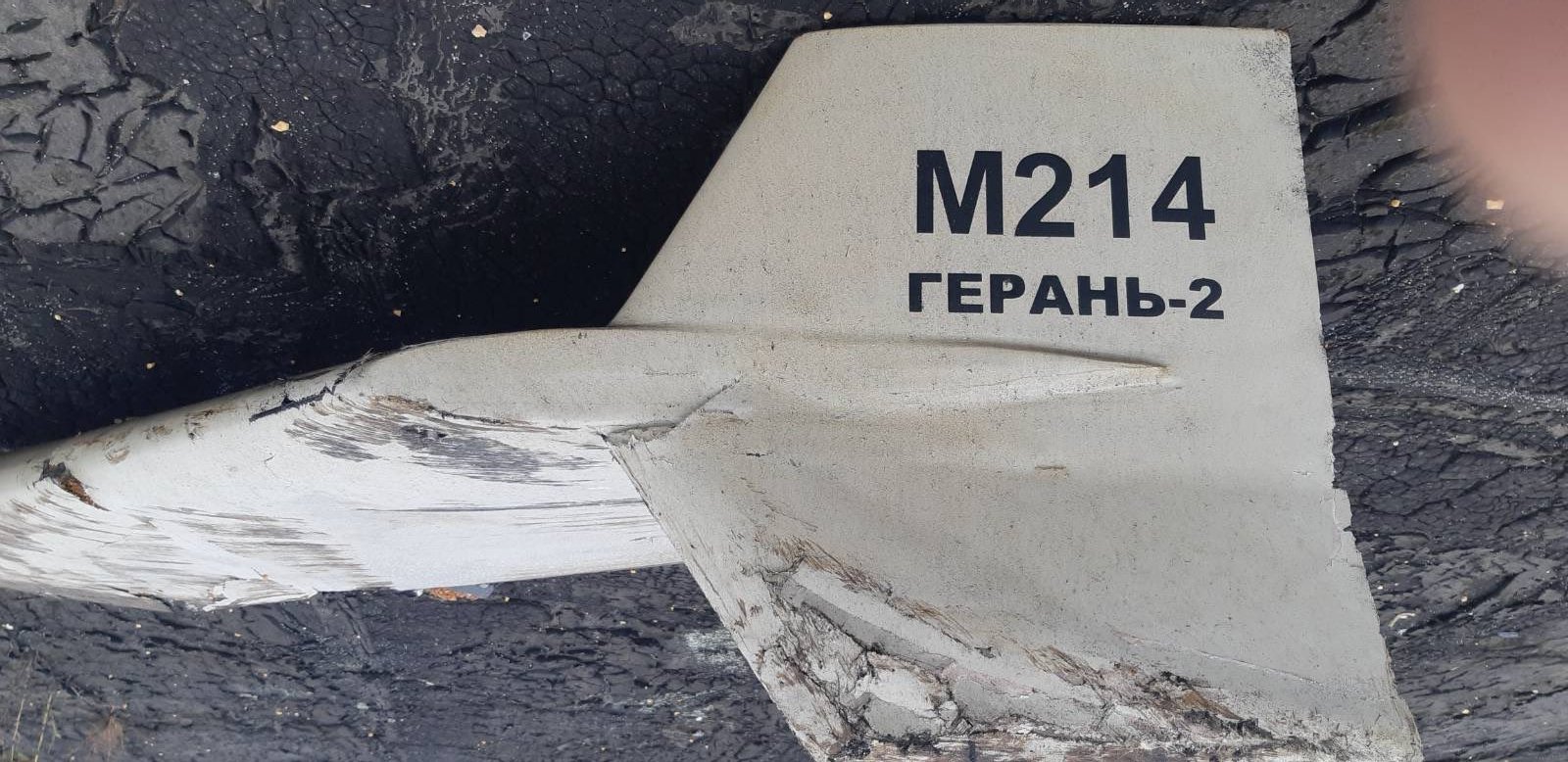
Weapons available to MiG-29 pilots for engaging Shaheds include the heat-seeking R-73 air-to-air missile and the radar-guided R-27R missile. The heat-seeking R-73 does not work in clouds, while the limitation of the seeker onboard the R-27R missile forces the pilots to approach the drones at close range, which entails risks.
Lacking weapons to engage these drones at large distances, the pilots have to get dangerously close to their targets, and because of this, at least one Ukrainian fighter jet went down after it flew through the debris of an exploding Shahed that it shot at.
Ukrainian Air Force Mig-29 tried to shoot down Shahed-136/ 'Geran-2' kamikaze drone over #Vinnytsia region. pic.twitter.com/Uhg6e9kKf2
— Military Advisor (@miladvisor) October 12, 2022
So, the radar-fuzed Zunis could allow Ukrainian fighter pilots to engage these drones more safely from a distance.
During World War II, Nazi Germany used several fighters firing unguided rockets in the air, and the US Air Force (USAF), for a brief period in the 1950s, had a Lockheed fighter called F-94C Starfire whose only weapons were unguided rockets fitted to pods in the nose and on the wings.
That said, it is only a matter of time before the Zunis arrive in Ukraine, and we will soon find out how the Ukrainians put them to use in their ongoing resistance to the Russian invasion.
- Contact the author at tanmaykadam700(at)gmail.com
- Follow EurAsian Times on Google News


